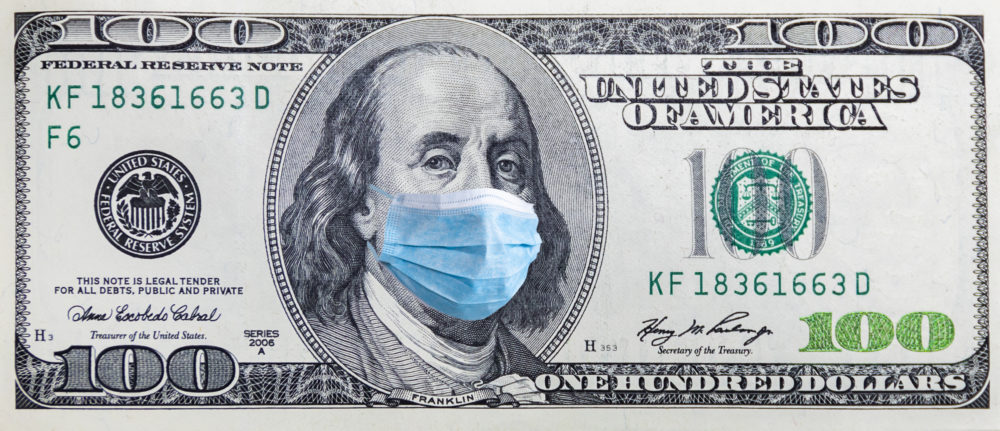When economist Chris Kuehl of Armada Corporate Intelligence gave his economic forecast at the 2020 NSCA Business & Leadership Conference in Irving, Texas, in late February, he alluded to the coronavirus as more a nuisance than a factor that could bring the world’s economy to its knees.
Less than six weeks later, Kuehl called the COVID-19 pandemic a “reminder to stay flexible,” which is often a key theme at the BLC, dubbing it a “black swan event” that’s more of a temporary nuisance than a signal of long-term economic or business disruption. [related]
“Every year, we deal with things we sort of knew were coming but didn’t know when,” said Kuehl during an NSCA webinar that updated many of his economic predictions from his BLC keynote.
“We should see a boom period for (the AV integration) industry after this situation is over. People now know the limitations of their videoconferencing setups,” he says.
There’s going to be “huge demand” from people for telecommunications, security systems, telemedicine and other hospital technology upgrades along with a push for more life safety systems, says Kuehl.
The stock market collapsed as the coronavirus reached the U.S. but has become more volatile recently, says Kuehl. Similarly, after an early disruption to the supply chain because of the outbreak’s origins in China, those pipelines are making a comeback as the virus’ effect starts to slow in that region.
Because the U.S. and Europe were a bit to respond to the outbreak, there continues to be some level of confusion about whether there are wide-scale shutdowns or whether people are working as normally in some parts of both nations, says Kuehl.
Post-Coronavirus Economy
About three-quarters of American consumers are either concerned (40 percent) or very concerned (32 percent) about the outbreak, he says, noting his surprise that 17.5 percent say they are neither concerned nor unconcerned about the situation.
Economists are split on the timeline for recovery, says Kuehl, with about 60 percent pointing to May and most of the remaining 40 percent saying it should start to turn around some time in the summer. That should limit the chances for a lengthy, L-shaped recession and point more toward a V- or U-shaped one.
“We have to decide what we want to bring back when,” says Kuehl, noting offices will likely reopen followed by retail stores and finally public gathering places such as sports arenas, theaters and concert halls.
The $2 trillion CARES Act includes about $377 billion in loans for small businesses, about $500 billion for large businesses and $100 billion to help hospitals recover from the pandemic along with $1,200 checks for all taxpayers who make less than $75,000 per year.
Kuehl sees travel and leisure sectors as the most “high-risk sectors” and probably the ones that will take the longest to recover, but says hospitals will be “booming.”
Coal consumption is down during the outbreak but freight is up since many people are relying on delivery to get goods they’d normally drive to stores and buy themselves. Areas that are built on tourism and energy production are suffering, Kuehl says, but should eventually bounce back.
We’ll see a V-shaped recession if consumers react strongly to the “all-clear” and resume their normal shopping habits, which Kuehl expects they will based on his long-term study of American consumers.
The virus must also fade in the next five to eight weeks for a V-shaped recession, and infrastructure such as technology needs to keep pace with demand, something that’s happening, but just barely, he says.
Kuehl expects a “rugged” second quarter for many U.S. companies, but doesn’t expect a long-term issue and is sticking with a prediction of 2.5 percent growth in the U.S. next year.










